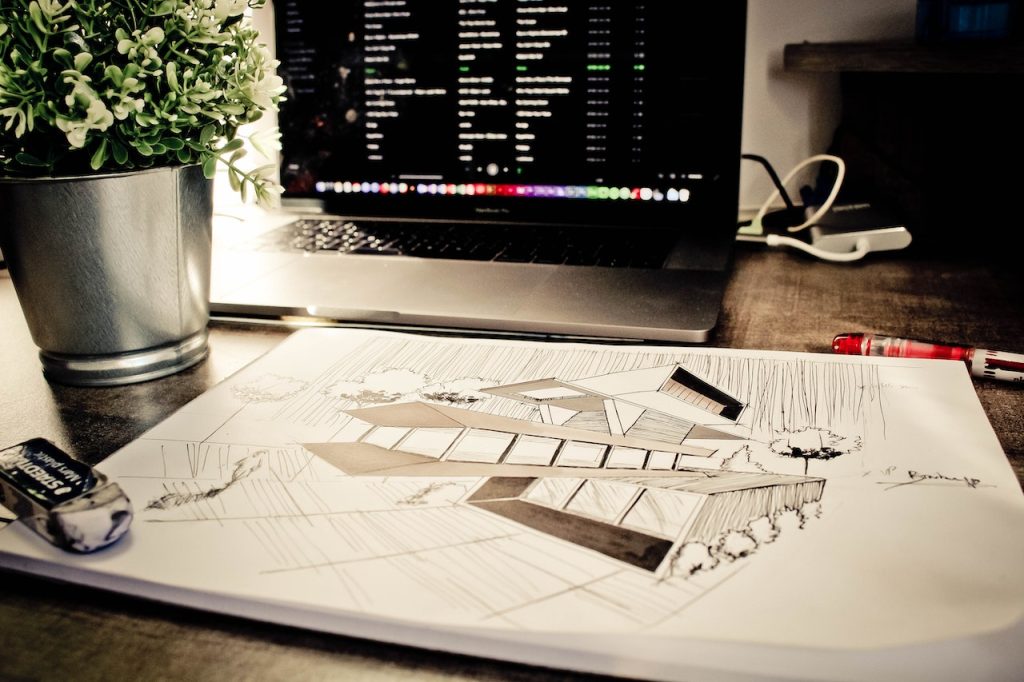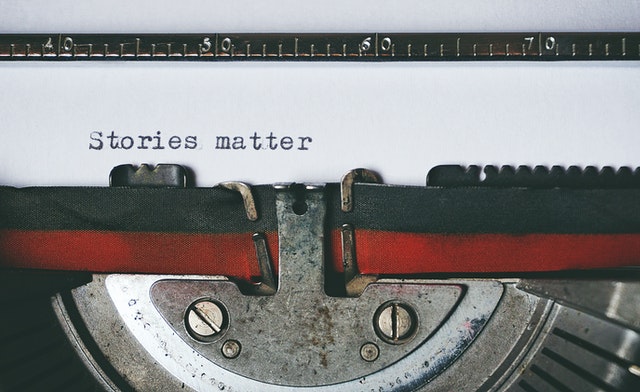There is nothing more frustrating that looking through the revision history for a particular drawing and finding gaps. Even more frustrating is when you don’t even have a revision system for your drawings and no drawing change management process! Read on to find out what these things are, why you need them, and what the best practice systems look like.

What is a Drawing Revision?
A drawing revision is a specific version of your drawing. Think of it as a snapshot of one particular point in time of the lifecycle of your drawing. You may be thinking “why is this important?” Don’t we always want to be using and looking at the most recent, the most up to date and newest drawing? Typically this is true most of the time, but the design process is like a story and often you will want to go back and look at how the story started, how it changed over time and why the changes were made. This is the reasoning behind maintaining a drawing revision system and a drawing change management procedure or process.
The information to be tracked with a drawing revision should include the following;
- The Originator or Author
- The Date of the revision
- The revision number
- A description of what changed and why

What is Drawing Change Management?
Drawing change management is the process by tracking the things that changed between drawing revisions. You should not be forced to pour over two drawing revisions like you are doing a kids spot the difference puzzle! You should have notes somewhere of what has transpired between the two revisions and why the changes were required. With this information anyone can pick up a set of drawings and understand the full story. This is critical for ensuring your design control process survives any individual employees and anyone can pick up a project and keep working. You can’t rely upon individual employee notes and you can’t rely upon memory. Think about revisiting a project or product years after it was originally complete. You now want to complete a similar project or develop a similar product. It will be critical to understand the change process as it evolved to make the best use of your existing drawings.
You will need to have either a paper based change management system or you could create your own electronic system. As a minimum you should be tracking what is changing between one revision to the next and why. For a detailed system that follows best practice you should have the following features in your drawing change management system;
- A list of drawings affected by the change
- A detailed description of the changes required
- A detailed reason for the change
- Who is to approve the changes internally
- Is customer or external approval required
- A confirmation that the changes have been completed
With the features above, you should never be in the dark about what has changed on a drawing or why the change was required. Remember, the story of your design history is important!
